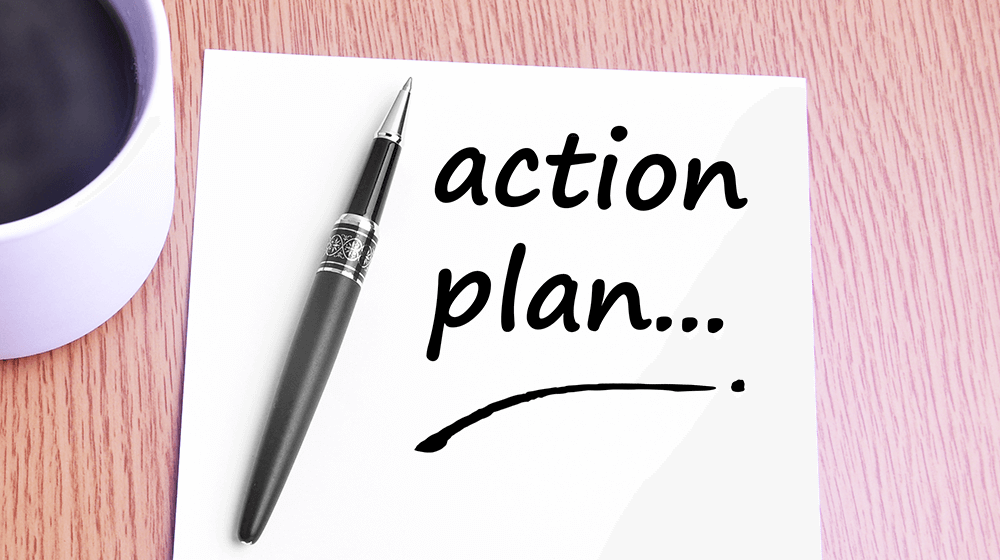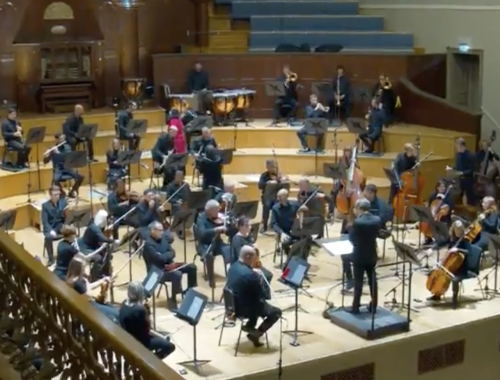This is how it starts
Have you ever wondered what the letters CV stand for? The answer is Curriculum Vitae – which is Latin for “Course of Life,” and it has become an essential role in achieving careers throughout industries worldwide. It’s a detailed document highlighting your professional and academic history, including previous work experience, achievements, and recent projects.
When starting to apply for placements, I quickly realised that my current CV was not suitable. It became apparent that I had a target audience to reach, and I needed to adapt my CV accordingly. In John Clarkes The way to Write your Cv, he states, “The design of your CV will ultimately reflect your personality and your suitability for the job you are applying for.” This gave me an understanding that quality is much better than quantity when writing about my passions within the professional business sector.
I put myself in the position of the employer and asked myself the question “what would I look for in an employee?”. This immediately put a different perspective on the CV I was trying to create and its content. I thought about the aspects of my career and personality which would make me an attractive candidate.
This blog is to document my learning process throughout the year and to track my development. I will be using Gibb’s reflective cycle to explore the process of creating a CV and how I go about developing it when applying to broadcasting production companies.

Description:
Before I started planning to apply applications for placements, I needed to write a solid CV that would catch the eye of my future employers. One thing we were recommended was to have a cover letter with our CV. This gives you a greater chance of receiving an offer and the opportunity to express how your qualities could enhance the company’s work. I didn’t include a cover letter; it wasn’t needed due to a section in my CV that had a brief about me and my experience.

Feelings:
Throughout the CV process, I felt very anxious and worried about what I was going to include in it. For instance, what experience, skills and type of short bio would catch the employer’s attention? I feel I’ve great experience to display on my CV and showcase what experience is essential. “You need to plan which aspects of your past to mention” (Rebecca Corfield). I also made a website which I felt very positive about; it was great to display work I’ve done in the past, along with recent projects. This will show visually what skills and experience I have. Waddell media discovered what skills and experience I had on my CV and website that I sent them within my application.
Evaluation:
The positive experience I got from creating the CV was that it showed me the skills and knowledge I have when it comes to broadcasting production and having a showreel or website ready to showcase work for the employer to see how they feel about me. The negative experience I would say is that even though you would have a stunning CV that showcases your skills and a showreel at had doesn’t mean you will get accepted with every placement or job you apply for, as this has been my experience, as most of the placements I applied for never got in contact with me or declined. This experience, therefore, has made me recognize that I always need a cover letter accompanied with the CV and showreel.
Analysis:
When writing and making my CV, the whole experience relates to Georgina Gregory about having a CV checklist, about how to target, and what to include in your CV when applying for a job. “Targeting your CV is critical to success”… “link everything to the company”. This makes the employer, i.e., the reader interested – you are applying to them rather than sending a generic CV. Presentation and content are also key in the Cv checklist.

Conclusion:
In the future, when creating a CV, I will have to include a cover letter. This may give me a better chance of getting an interview or job offer. The cover letter introduces you, helps sell the application, and makes the employer think you put effort into your application.
Action plan:
The action plan for the future would be to update my CV with all the experience I have gained this year, at my placement and University, on my course. As I’ve stated above in the conclusion section, I will apply with a CV accompanied by a cover letter: this will increase my chances of receiving job offers or interviews. Rebecca Corfield’s How you can get that job explains the cover letter and its importance by saying “it must be the selling point of the application” rather than having details about you and your background.

Though I have secured a placement starting in January, reflecting on my work on CV writing, I will try to use what I’ve learned, e.g., how you attract an employer’s attention. I will take and look at my reflection and make significant progress with my CV on how it attracts the employer to give me an offer or interview for the job I wish to apply for. I know to include a cover letter with my CV to have more of an opportunity to get the job that I’m applying for. If you make a CV with passion and give it some character, the employer will seek and want you to be a prominent candidate for the job and role.
Works cited
Gibbs, G. (1988). Learning by Doing: A Guide to Teaching and Learning Methods. Oxford: Oxford Further Education Unit
Clark, John. The Right Way To Write Your Own CV. Right Way, 2001, p. 9.
Corfield, Rebecca. How You Can Get That Job !. 2nd ed., Kogan Page, 2000, p. 21.
Corfield, Rebecca. How You Can Get That Job !. 2nd ed., Kogan Page, 2000, p. 60.
Gregory, Georgina. Careers In Media And Film. Sage, 2007.
You May Also Like

Breaking into the Film Industry: What You Know or Who You Know?
24 November 2021
Learning from experience- Am I on the right track?
28 November 2021

